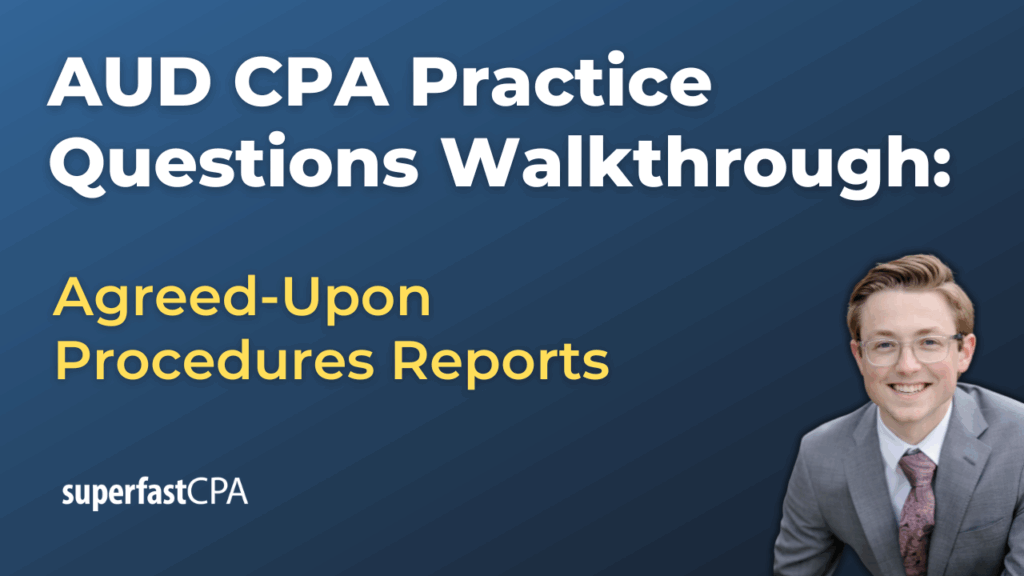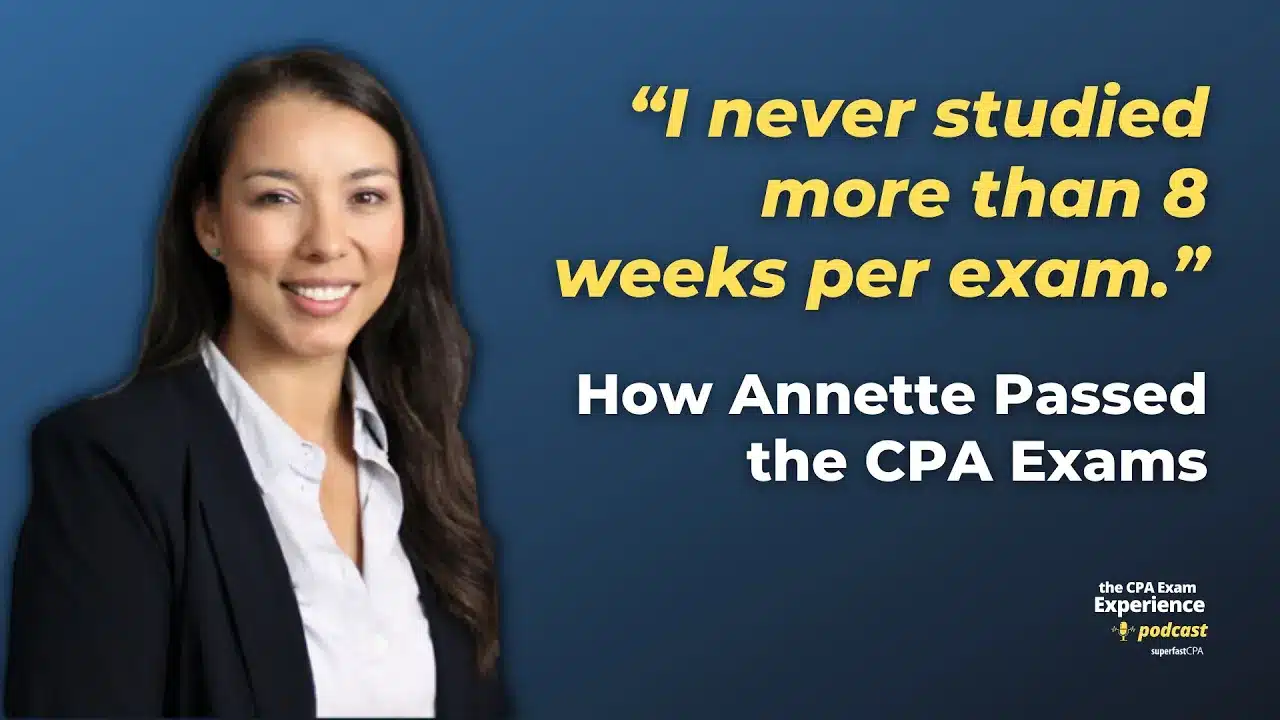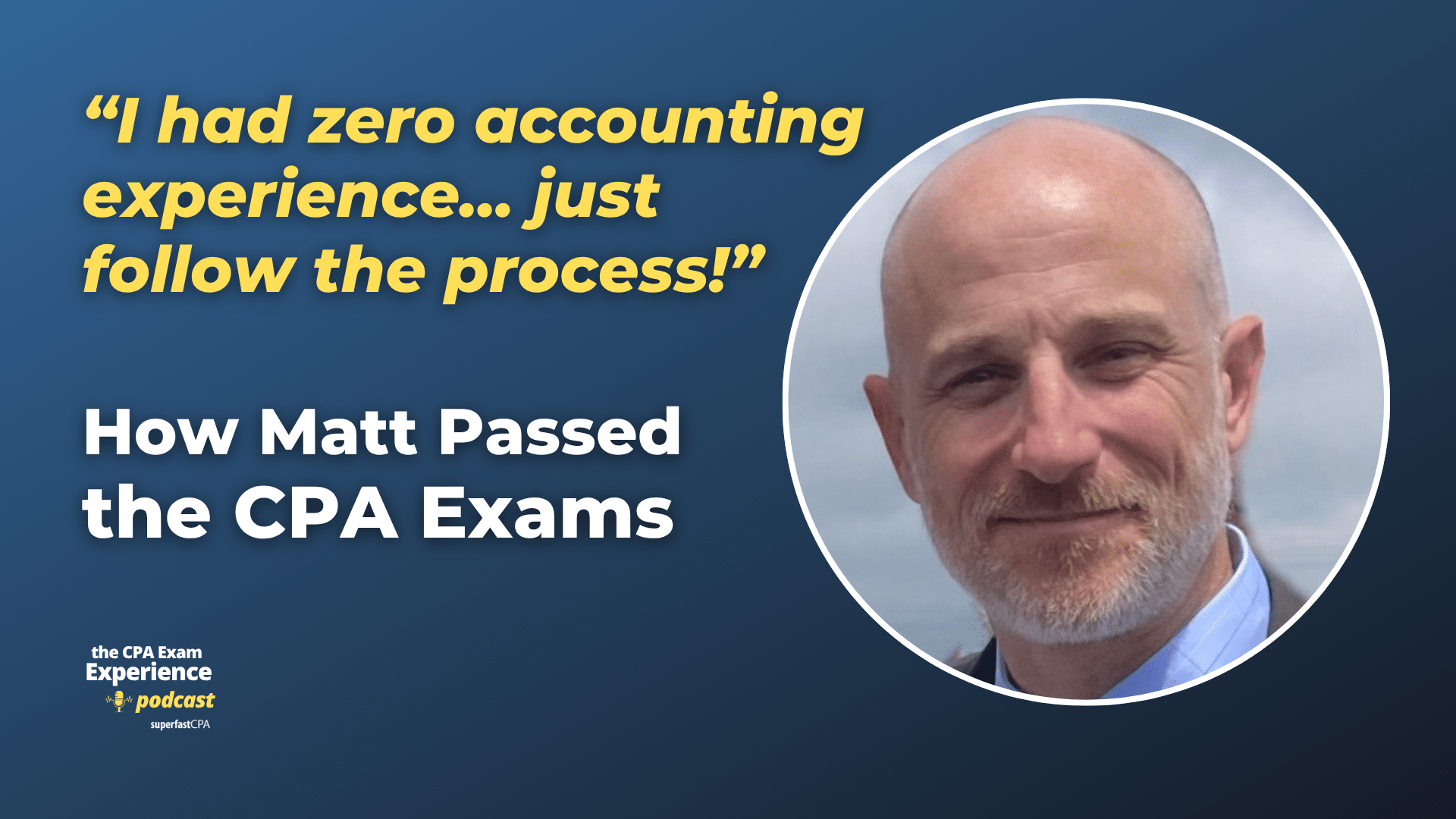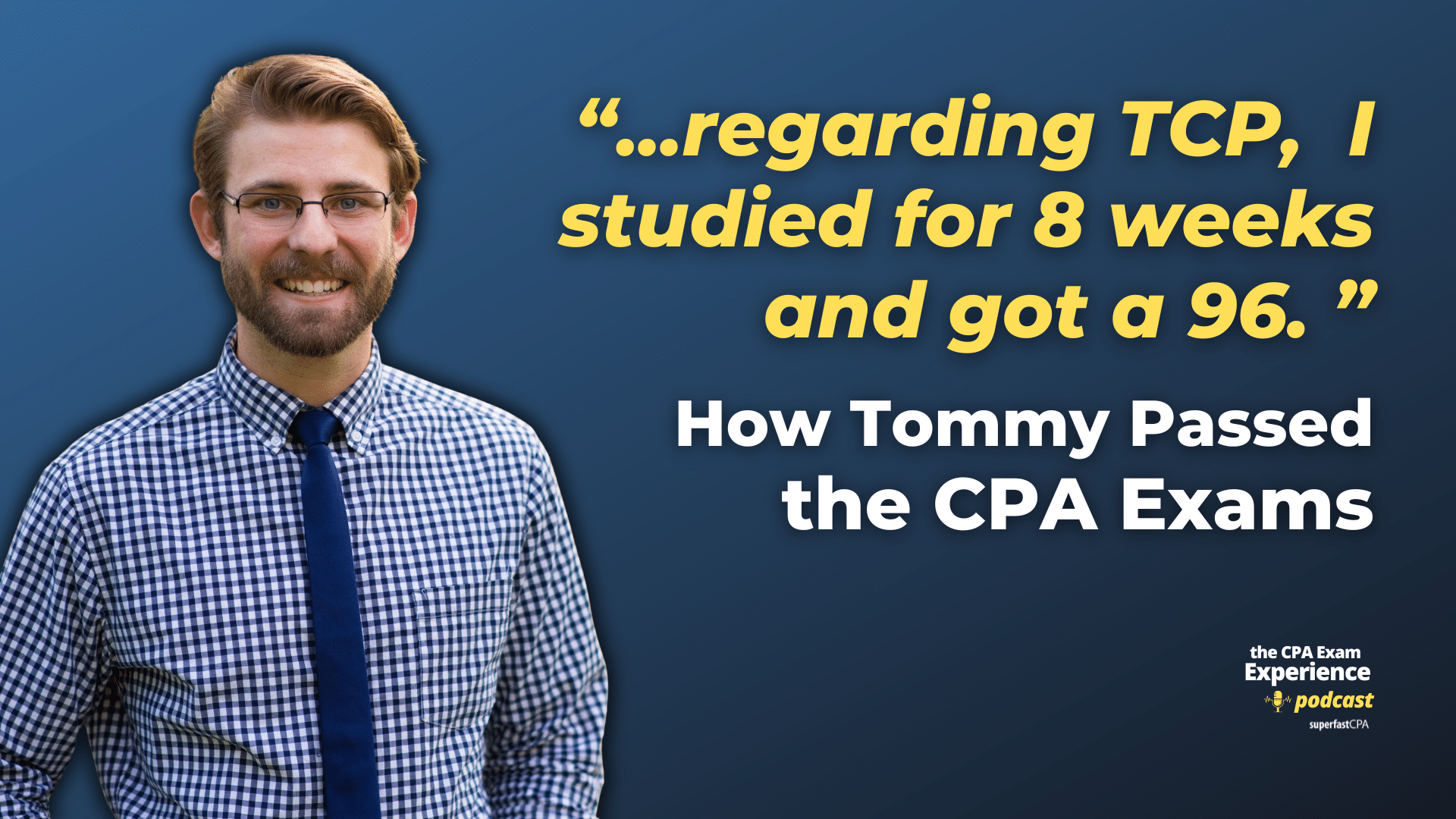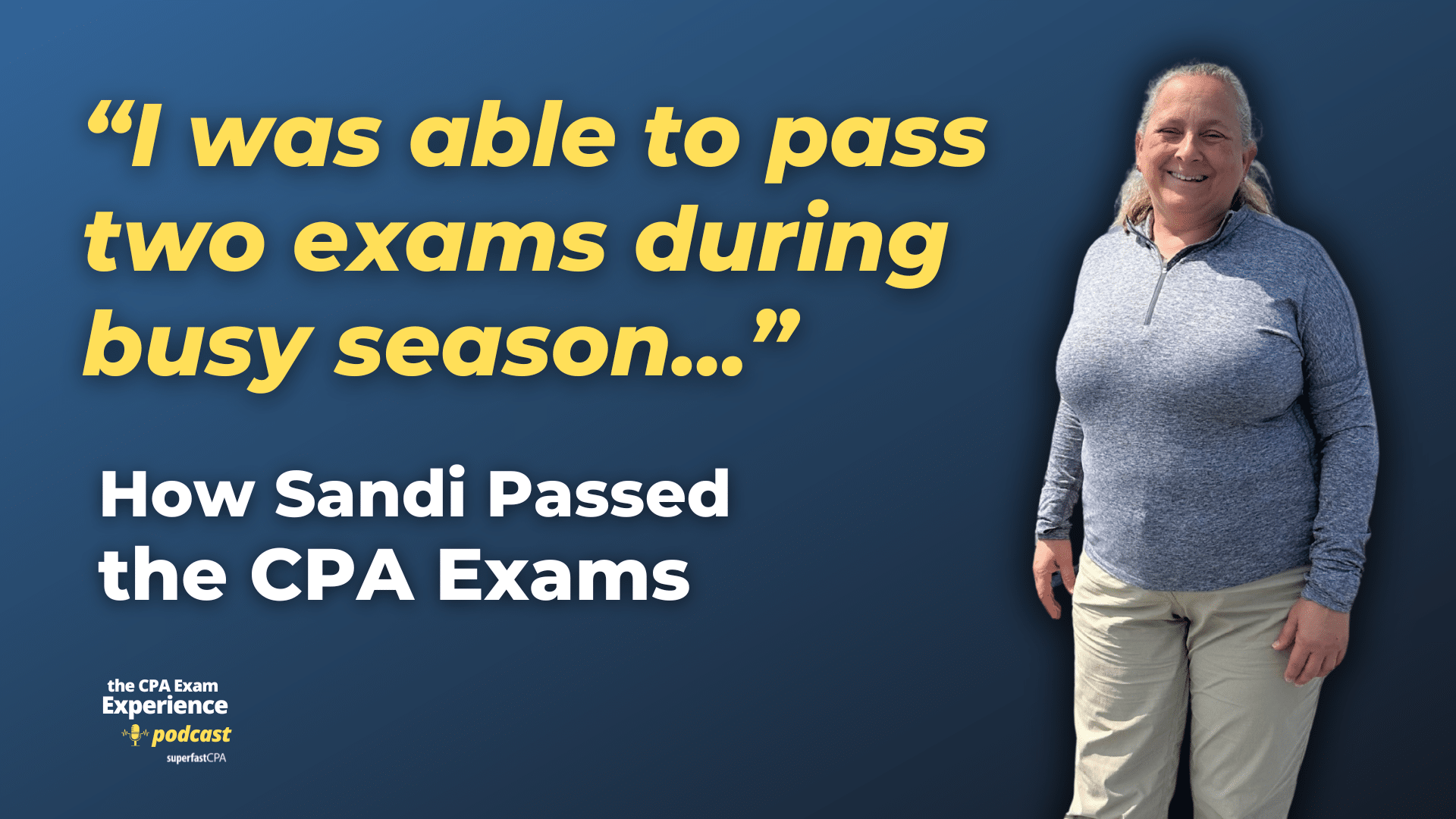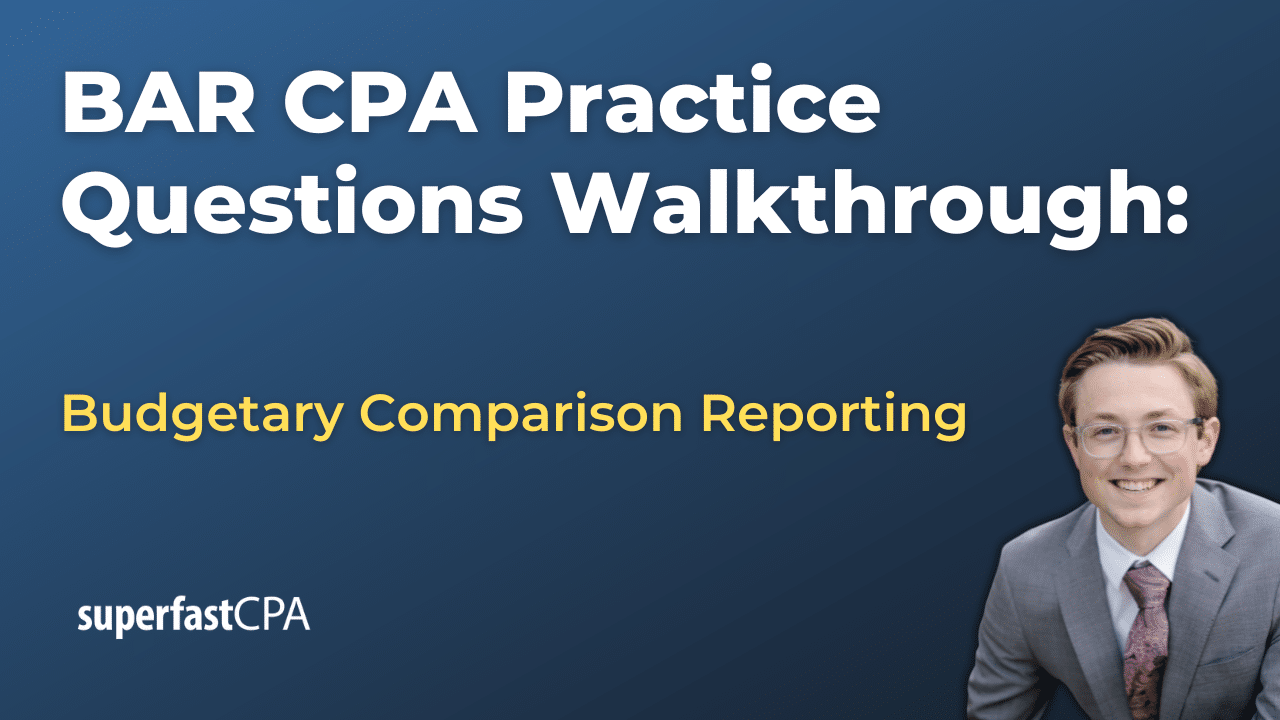In this video, we walk through 5 AUD practice questions teaching about agreed-upon procedures reports. These questions are from AUD content area 4 on the AICPA CPA exam blueprints: Forming Conclusions and Reporting
The best way to use this video is to pause each time we get to a new question in the video, and then make your own attempt at the question before watching us go through it.
Also be sure to watch one of our free webinars on the 6 “key ingredients” to an extremely effective & efficient CPA study process here…
Agreed-Upon Procedures Reports
When a CPA is engaged to issue an agreed-upon procedures (AUP) report, the engagement is unlike an audit or a review in several key ways. The practitioner is not expressing an opinion or providing assurance. Instead, the report simply documents specific procedures performed and the factual findings resulting from those procedures. This article walks through the critical factors a practitioner must consider when preparing an AUP report.
AUP Reports Must Contain Specific Required Elements
An AUP report must be highly structured and include:
- A list or description of the procedures performed
- The findings for each procedure
- A statement that no assurance is provided
- A declaration of the practitioner’s independence
- A statement that the subject matter is the responsibility of the responsible party
- A statement that the engaging party has determined the procedures to be appropriate for the intended purpose
For example, if a CPA is engaged to test whether a company is complying with royalty payment terms in a licensing agreement, the report would include each procedure (e.g., recalculating royalty amounts from sales data) and the result (e.g., “Royalties calculated by Modern Co. matched contractual rates”).
These required disclosures ensure clarity and prevent readers from misinterpreting the report as providing assurance.
The Engaging Party Determines the Procedures
AUP engagements require agreement between the practitioner and the engaging party about which procedures will be performed. Importantly, the practitioner does not take responsibility for whether the procedures are appropriate for the client’s purpose.
Example: If a franchisee wants the CPA to confirm that quarterly marketing fees were calculated based on 2% of gross sales, the CPA and franchisee must agree on how that will be tested—but it’s up to the franchisee to determine if that test is sufficient for their needs.
This agreement must also address any materiality thresholds that may affect findings.
AUP Engagements Provide No Assurance
Unlike audits (which provide reasonable assurance) or reviews (which provide limited assurance), AUP engagements provide no assurance at all. The practitioner only reports on factual findings.
For example: “We compared the invoice totals to supporting purchase orders and noted no differences,” or “Three of 25 expense reports lacked manager approval.”
The absence of assurance must be clearly stated in the report. This distinction is essential to avoid misleading users into believing they are receiving an audit or review-level service.
AUP Reports Are for Restricted Use
AUP reports are intended only for the engaging party and any other specifically identified users who have agreed to the procedures. This is because the procedures are tailored to a narrow purpose and may not be suitable for general use.
Example: If a company requests AUP services to support its own internal due diligence, posting the CPA’s report publicly—such as on an investor website—would be inappropriate. Third parties who did not help define the scope may misinterpret the nature or reliability of the findings.
This restricted-use limitation must be clearly stated in the report.
Changing an Audit Engagement to AUP Has a Key Exception
Usually, when an audit engagement is changed to a different type of engagement, like a review or compilation, the CPA should not reference any audit procedures already performed. However, an important exception applies when converting an audit engagement into an AUP.
Because AUP reports are meant to describe all procedures performed, it is appropriate to reference prior procedures in this case—if those procedures align with the agreed-upon objectives.
Example: If a CPA began testing expense classifications during audit fieldwork, and then the client requested that work continue as part of an AUP engagement, the CPA may describe and include the original audit procedures in the AUP report. This exception is allowed due to the structure of AUP reporting requirements.
Understanding these foundational elements helps candidates recognize the distinctions that define AUP engagements and ensures compliance with SSAE standards. Whether you’re preparing for the CPA exam or advising clients in practice, clarity around these five areas—report content, responsibility for procedures, assurance level, report use, and engagement conversion—is essential.

